New Shark Species Found in Historic Caves That Connected North America and Europe 325M Years Ago
In Kentucky’s Mammoth Cave National Park, paleontologists have made a groundbreaking discovery, unearthing fossils of two shark species that roamed the seas over 325 million years ago.
This period predates the formation of the supercontinent Pangea, suggesting a time when the continents we know today were part of one vast landmass. The National Park Service announced these findings, underscoring the significance of such ancient marine life being discovered far from current ocean boundaries.
Introduction of Troglocladodus trimblei and Glikmanius careforum
The two species, named Troglocladodus trimblei and Glikmanius careforum, were identified using various fossil remains collected in Mammoth Cave National Park and northern Alabama.

Source: NPS Photo
According to the National Park Service, these species are believed to have reached lengths of 10-12 feet, comparable in size to the modern oceanic whitetip shark.
Kentucky and Alabama's Prehistoric Seas
The discovery highlights Kentucky’s prehistoric landscape, once submerged under a vast seaway.

Source: Wikimedia Commons
“When these creatures lived, the region that is now Kentucky was an ancient seaway connecting North America, Europe and Northern Africa,” Rick Toomey, a cave guide and Mammoth Cave paleontologist, told WBKO News.
The Formation of Pangea and Its Impact
The ancient seaway that once covered Kentucky and Alabama eventually disappeared as the continents merged to form the supercontinent Pangea.

Source: Wikimedia Commons
This geological transformation highlights the dynamic nature of Earth’s surface and its impact on marine ecosystems, as noted by the National Park Service.
The Role of Mammoth Cave in Paleontological Research
Smithsonian Magazine reports that Mammoth Cave National Park, known for being the world’s longest underground tunnel system, has proven to be an invaluable site for paleontological research.
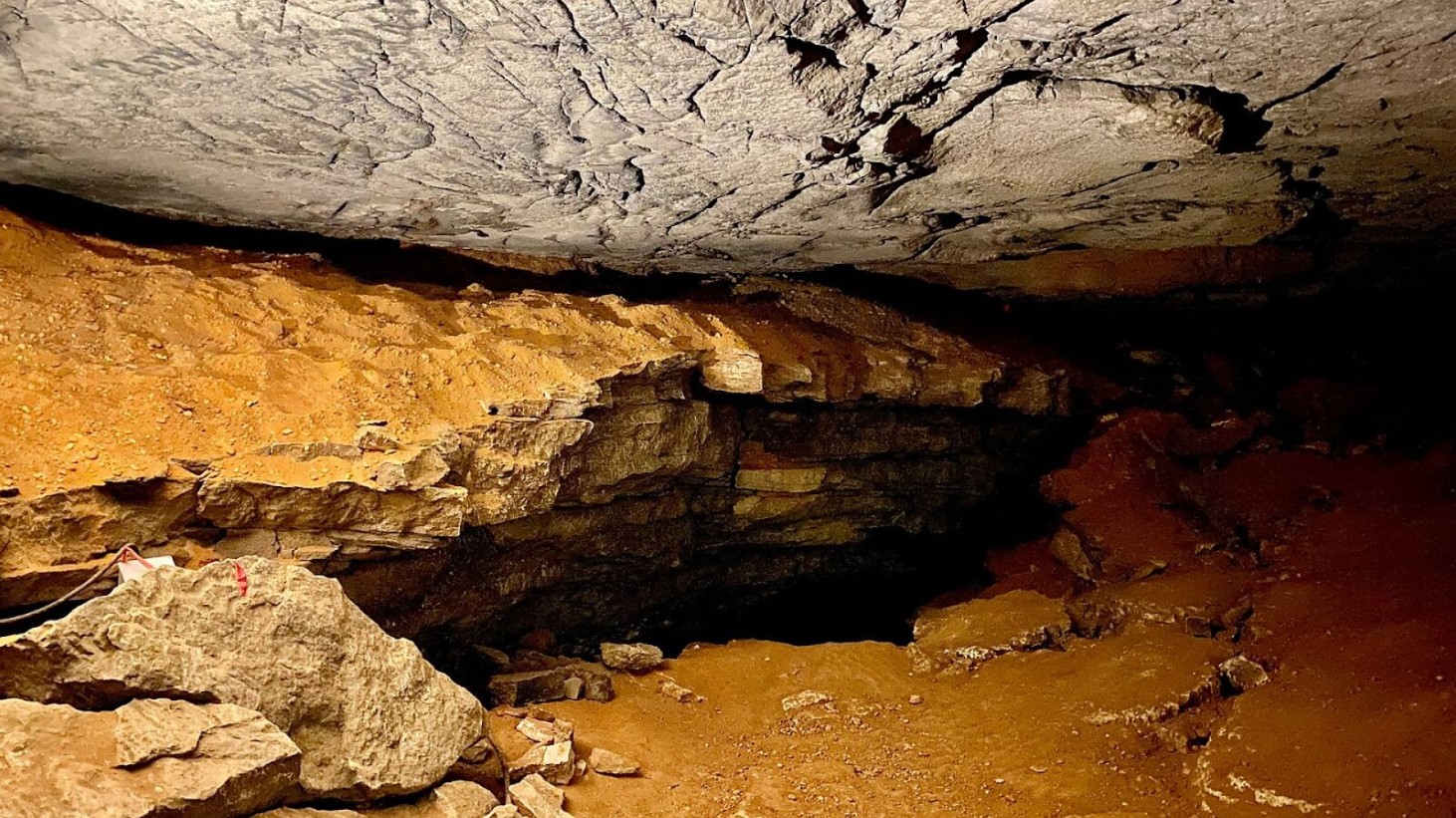
Source: Wikimedia Commons
Its stable environment preserves fossils exceptionally well, allowing for detailed studies of prehistoric marine animals, including the two newly discovered shark species.
Unique Characteristics of Troglocladodus trimblei
Troglocladodus trimblei, one of the newly discovered species, was identified by its distinct adult and juvenile teeth.
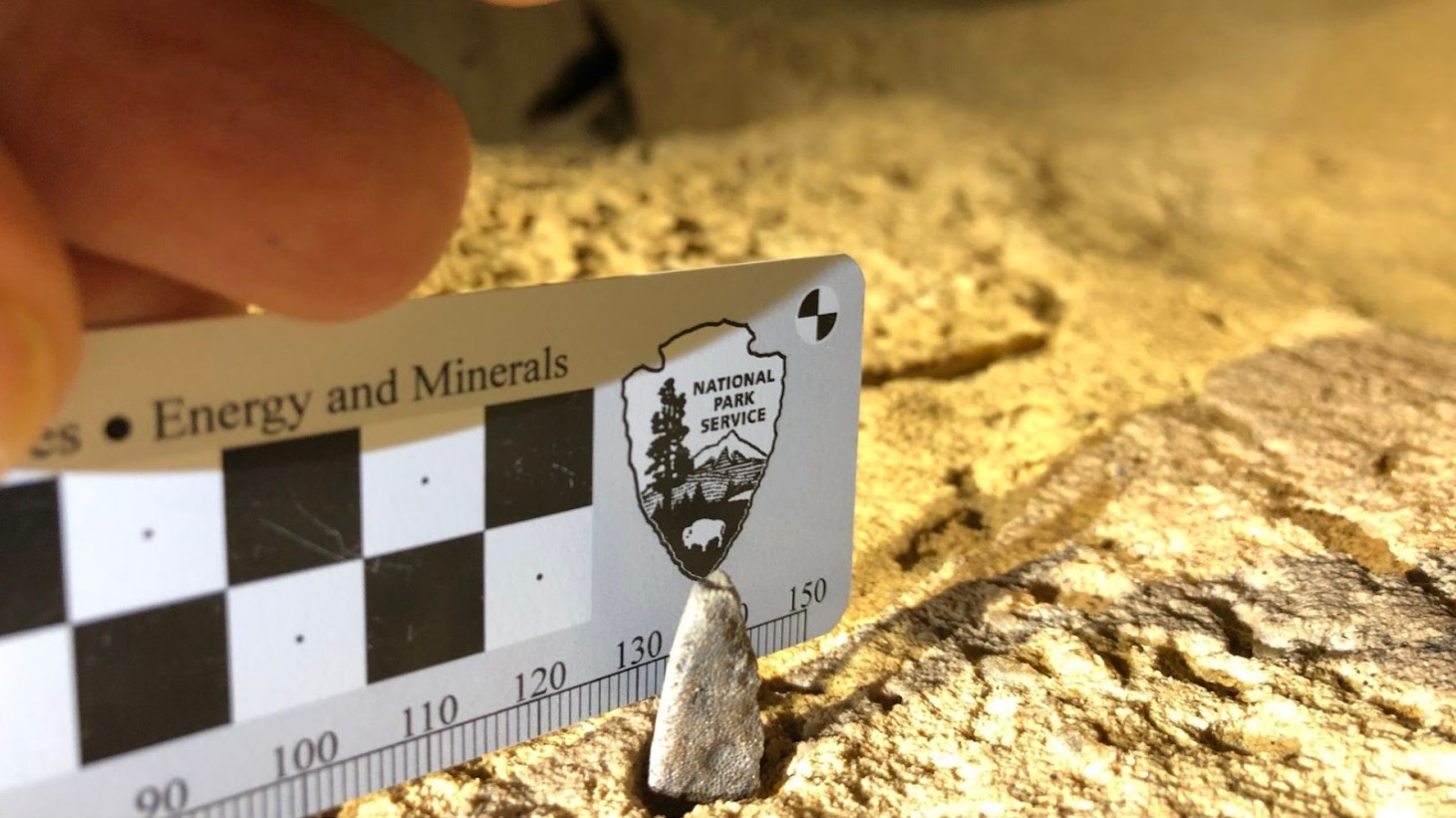
Source: NPS Photo
The National Park Service describes its branched teeth, which resemble tridents, emphasizing the unique dental adaptations that helped it thrive in its ancient marine habitat.
Discovering Glikmanius careforum
Smithsonian Magazine reveals that Glikmanius careforum was also identified using teeth, a partial set of jaws, and gills found in Mammoth Cave.
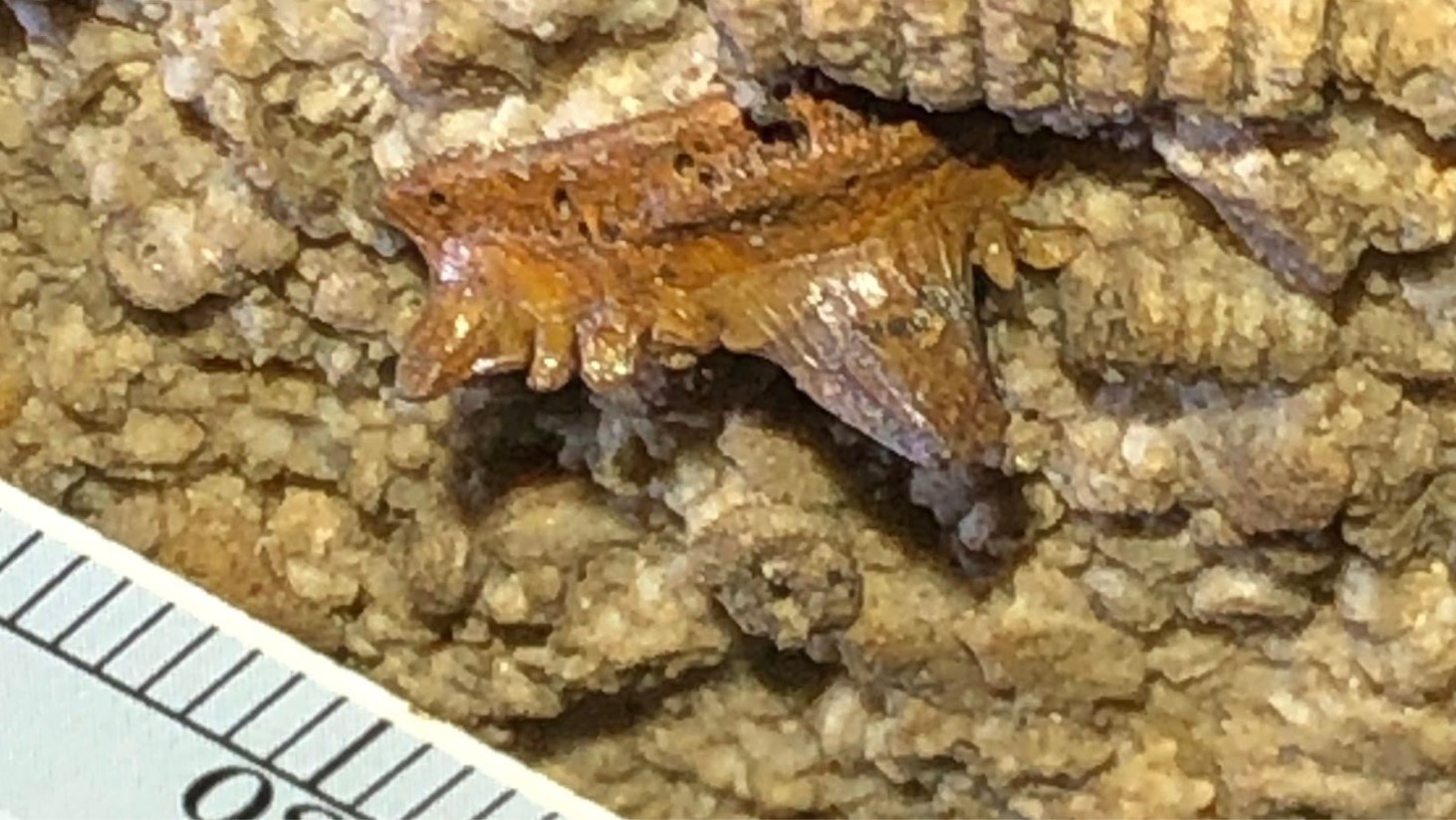
Source: J.P. Hodnett/NPS
The National Park Service remarks on the significance of these finds, stating, “This set of cartilage fossil was the first of its kind for this genus of ctenacanth shark. Its jaw shape suggests it had a short head with a powerful bite for hunting smaller sharks, bony fish, and squid-like orthocones.”
Access to Fossil Sites
The fossil sites where Troglocladodus trimblei and Glikmanius careforum were discovered are restricted to authorized researchers, per information from Smithsonian Magazine.

Source: NPS Photo
This limitation demonstrates the delicate nature of paleontological sites and the need for careful management to preserve these invaluable windows into Earth’s past.
The Accidental Discovery of Troglocladodus trimblei
Spectrum News 1 explains that the discovery of Troglocladodus trimblei was serendipitous, made by park superintendent, Barclay Trimble, who spotted a fossil that led to the identification of a new genus.
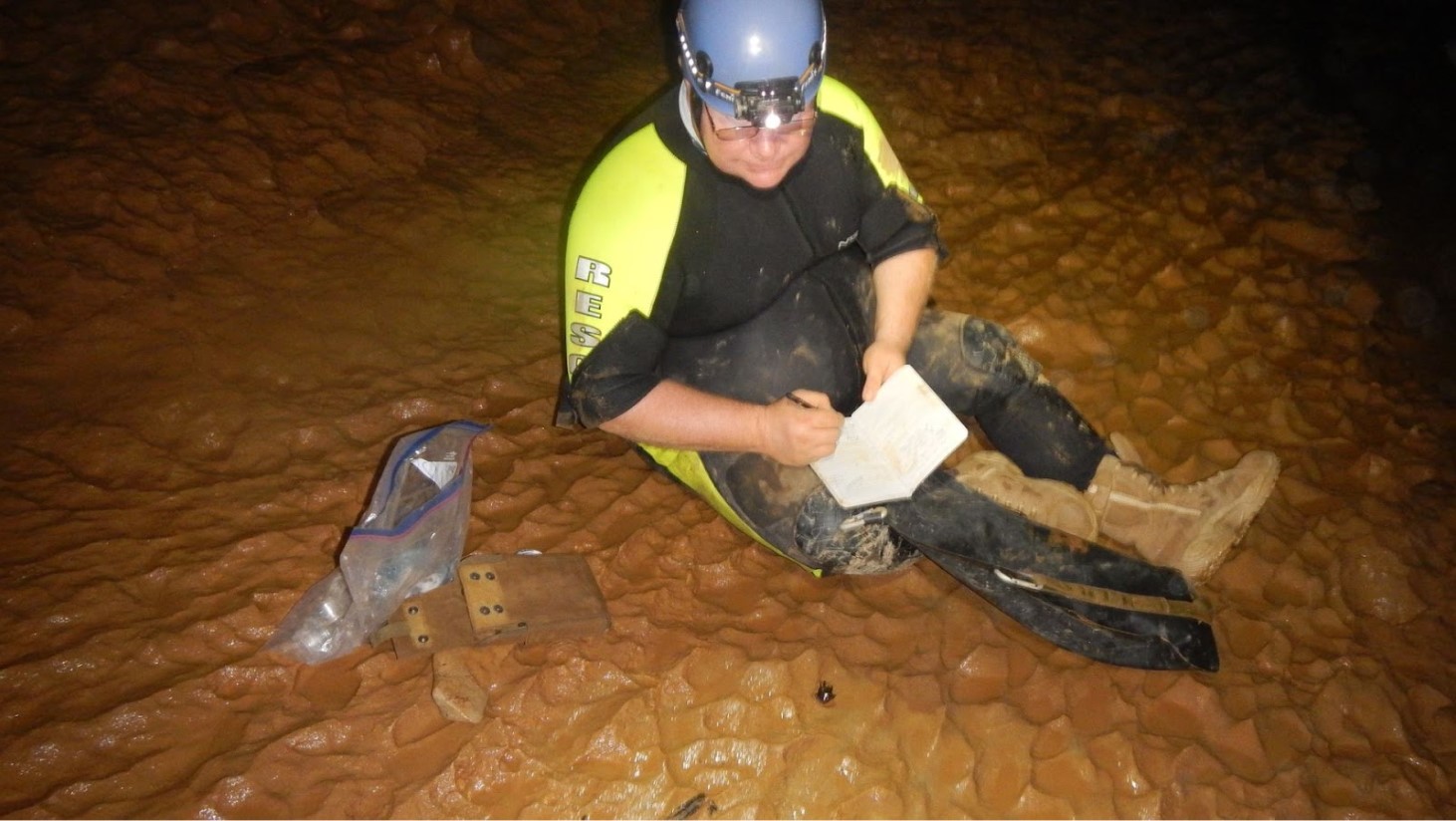
Source: NPS Photo
“He [Trimble] looked up and pointed and said, ‘Hey! Is that one of the shark’s teeth?” Paleontologist Rick Toomey recounts. “We said, ‘Wow, that’s going to be a […] really interesting shark.’”
The Impact of These Discoveries on Shark Science
The New York Post notes that the identification of Troglocladodus trimblei and Glikmanius careforum contributes valuable information to the field of paleontology, expanding our understanding of ancient marine ecosystems and the diversity of life that they supported.
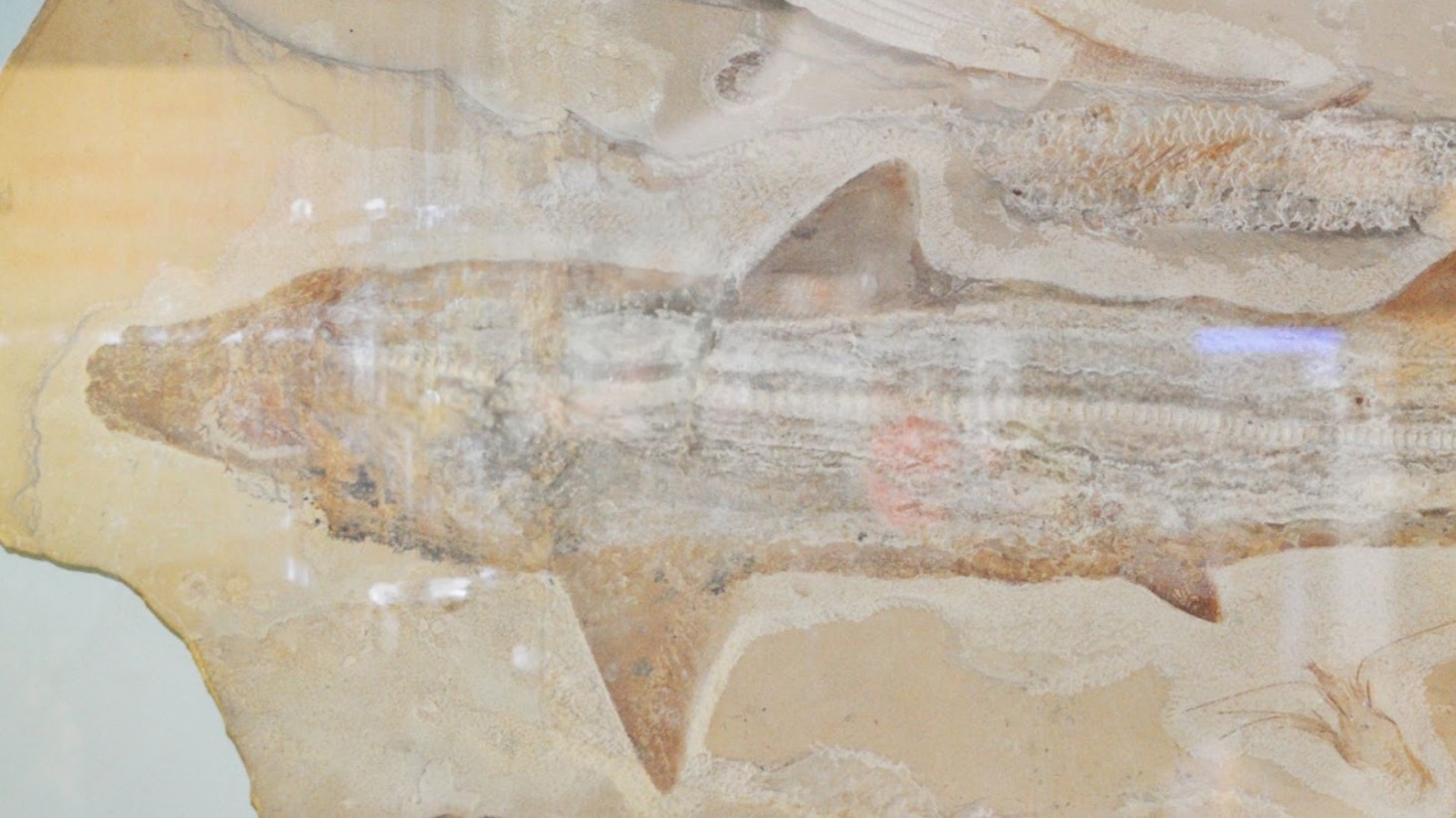
Source: Wikimedia Commons
These discoveries illustrate the ongoing process of scientific exploration and its role in uncovering the history of life on Earth.
Challenges Faced by Researchers
Researchers faced significant challenges in accessing the fossil sites, including navigating through tight and difficult terrain within Mammoth Cave.
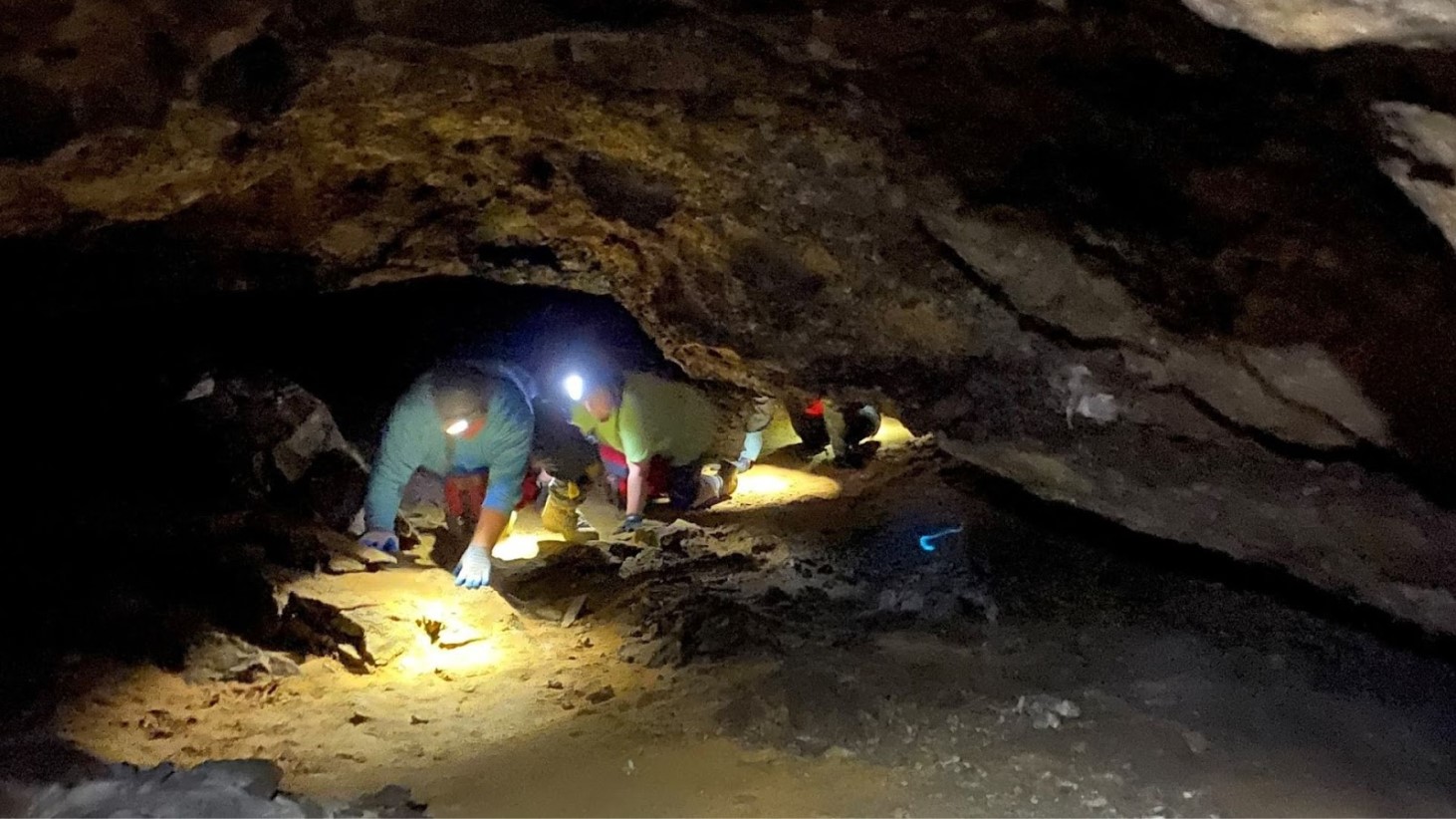
Source: NPS Photo
John-Paul Hodnett, a paleontologist at the Maryland-National Capital Parks and Planning Commission who works with the National Park Service’s paleontology program said, “You have to crawl on your hands and knees for a quarter mile. And that hurts, for me, after a while.”
Expanding the Ancient Marine Catalog
The discoveries of Troglocladodus trimblei and Glikmanius careforum are pivotal, yet they represent only a portion of the ancient marine life once thriving in the region’s prehistoric waters.
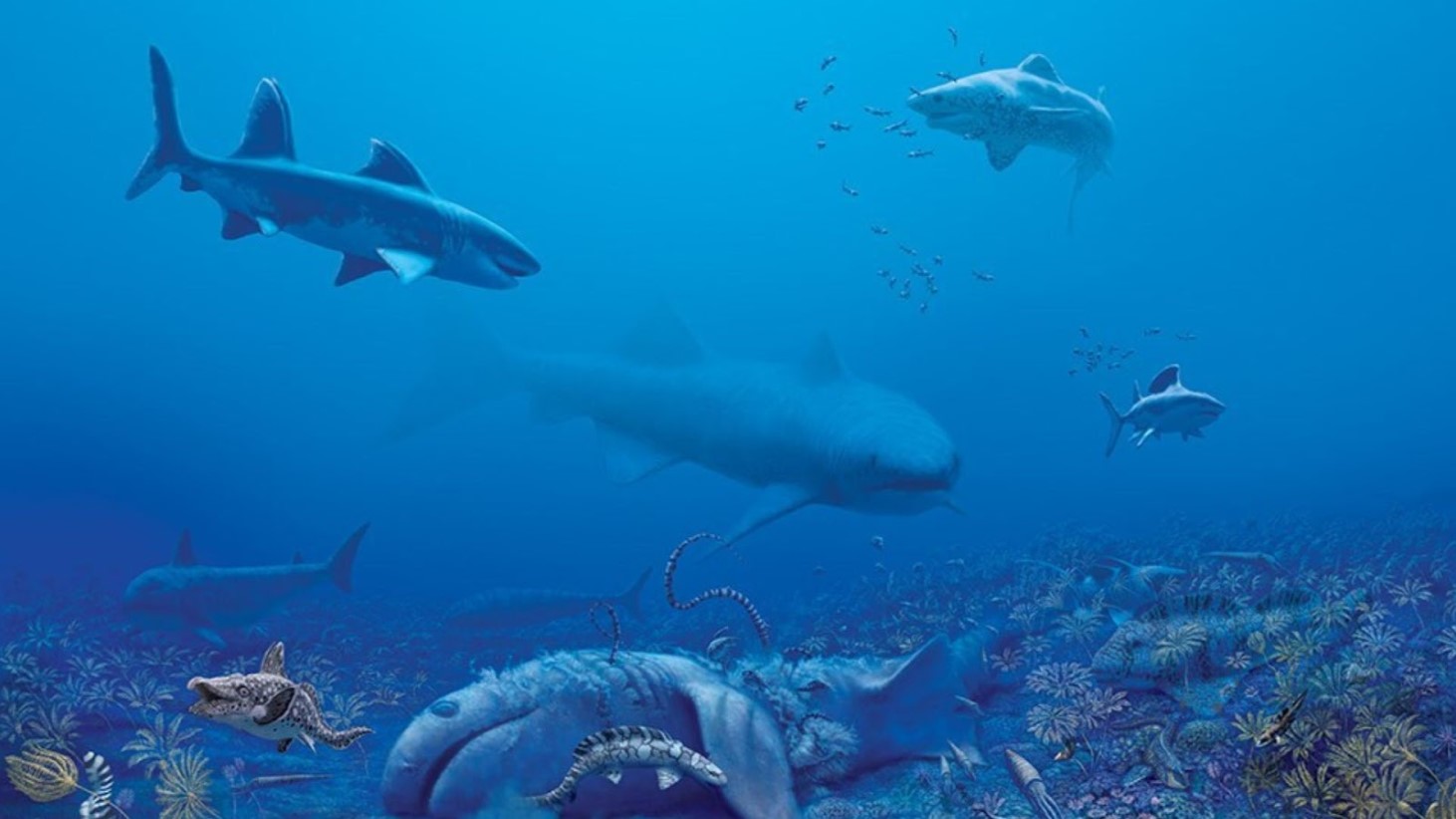
Source: Julius Csotonyi/NPS
The National Park Service’s announcement in October of another significant find, Strigilodus tollesonae, further enriches the story of prehistoric marine biodiversity. The New York Post reports that this extinct shark species, more closely related to the modern ratfish than to contemporary sharks and rays, underscores the diverse evolutionary paths of marine creatures and the rich paleontological heritage preserved within Mammoth Cave National Park.
The Discovery of Strigilodus tollesonae
A collaborative effort involving paleontologists, park rangers, and geologists revealed the newfound shark Strigilodus tollesonae in October.
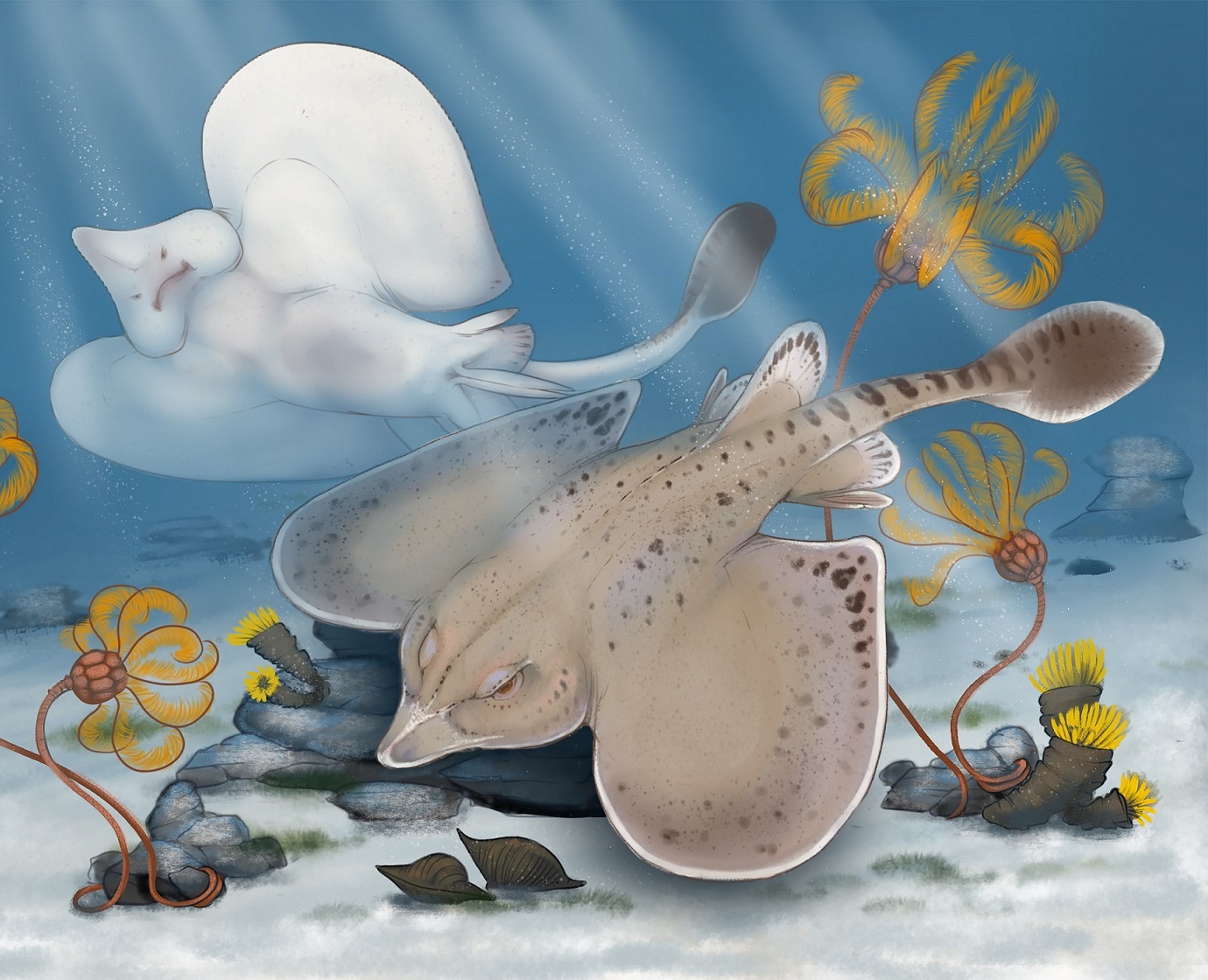
Benji Paysnoe/Wikimedia Commons
This species was a petalodont shark that inhabited the Earth approximately 337 million years ago. Petalodonts are an extinct order of cartilaginous fish related to the modern chimaera.
Strigilodus tollesonae Discovered from Teeth Embedded in Cave Wall
Strigilodus tollesonae, named after Mammoth Cave National Park guide Kelli Tolleson, exhibits petal-shaped teeth and shares a closer genetic relationship with contemporary ratfish rather than sharks or rays.
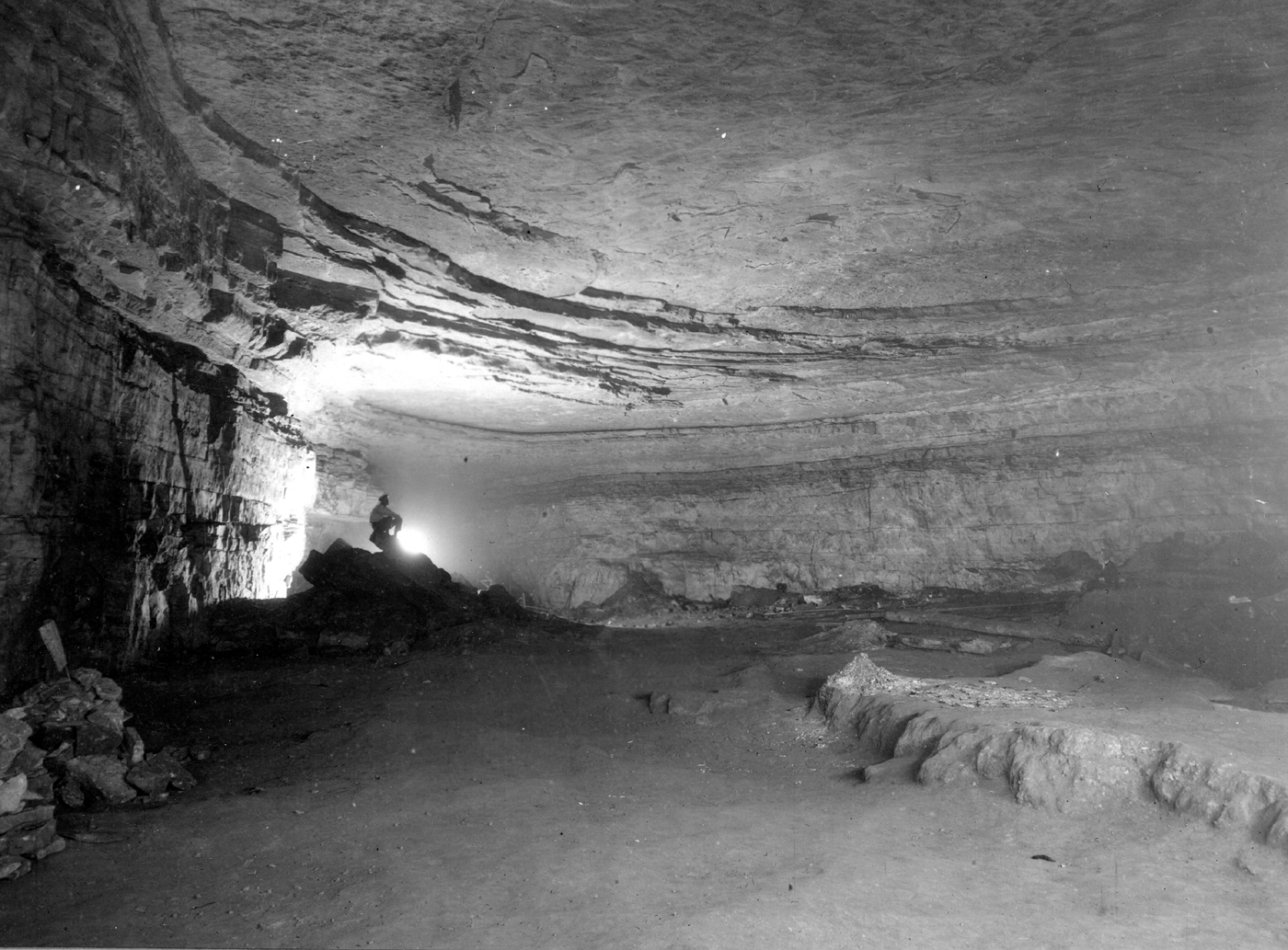
Willis Thomas Lee/Wikimedia Commons
Discovered from teeth embedded in the cave walls, the shark is believed to have possessed teeth featuring a rounded cusp for clipping and an extended, ridged side for prey crushing, resembling the function of molars. Paleontologists hypothesize that Strigilodus tollesonae likely adopted a lifestyle akin to modern skates, predominantly feeding on worms, bivalves, and small fish.
Primitive Shark Identified Based on Teet and Fine Spine Specimens
Shark fossils are particularly rare due to the composition of shark skeletons, which consist of cartilage instead of bone. Given that cartilage is less durable than bone, it is seldom well-preserved in the fossil record.
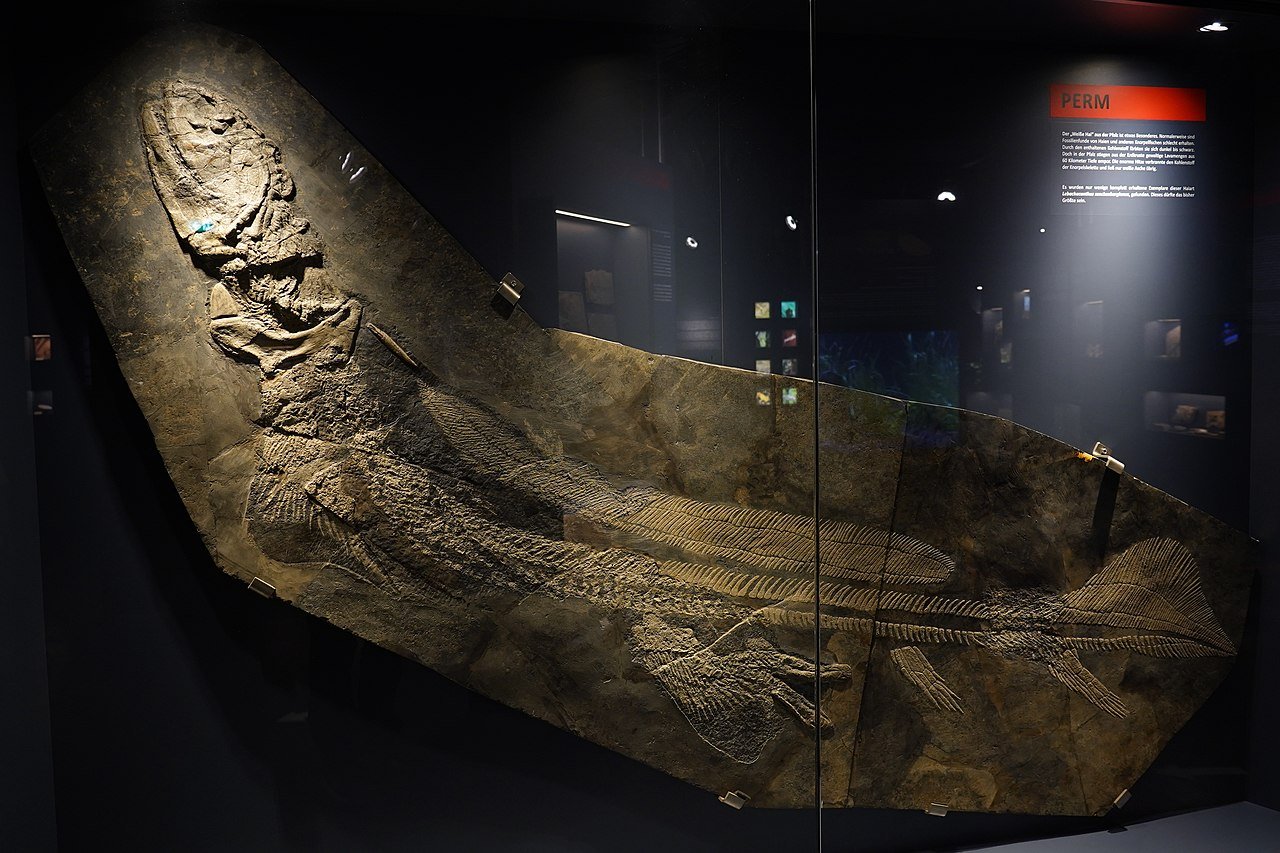
Yohanes Wahyu Nurcahyo/Wikimedia Commons
The revelation of fossilized shark teeth in the cave walls led to the engagement of shark fossil specialist John-Paul Hodnett from the Maryland-National Capital Parks and Planning Commission. Collaborating with park rangers, Hodnett successfully identified multiple species of primitive sharks based on the teeth and fine spine specimens discovered within the cave passages.
Distinctive Fan-Like Tooth Arrangement
The Strigilodus tollesonae specimens were found in the Ste. Genevieve Formation rock layer. The spoon-like teeth of the ancient shark represent all known tooth positions in both adult and juvenile specimens of this new species.
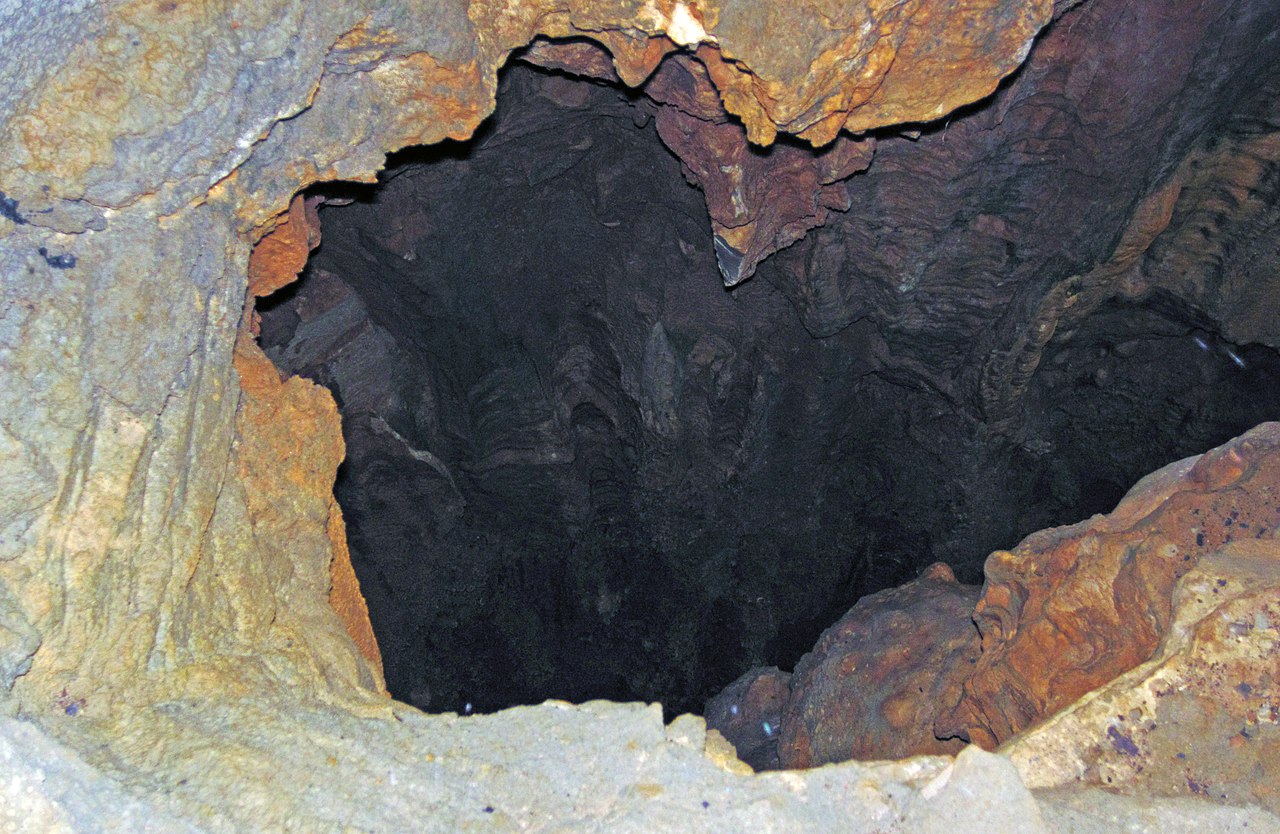
James St. John/Wikimedia Commons
These teeth exhibited a distinctive fan-like arrangement, featuring a central large tooth surrounded by three progressively smaller teeth, providing valuable insights into the dental structure of Strigilodus tollesonae.
Dental Structure Provides Clues About Feeding Behavior
Each tooth exhibits a single rounded curved cusp, designed for efficient clipping and grasping of hard-shell prey, while the inner or tongue side of the tooth is characterized by length and ridges, facilitating the crushing of food.

James St. John/Wikimedia Commons
This unique dental structure provides insights into the feeding behavior and ecological niche of Strigilodus tollesonae. The significance of this discovery is emphasized by Barclay Trimble, Mammoth Cave’s superintendent, expressing excitement about the announcement of the park’s first new shark species.
There has been a general astonishment at the diversity of sharks encountered during the exploration of Mammoth Cave. Experts spotlight the continual discovery of teeth and spines within the cave’s ceiling and walls.
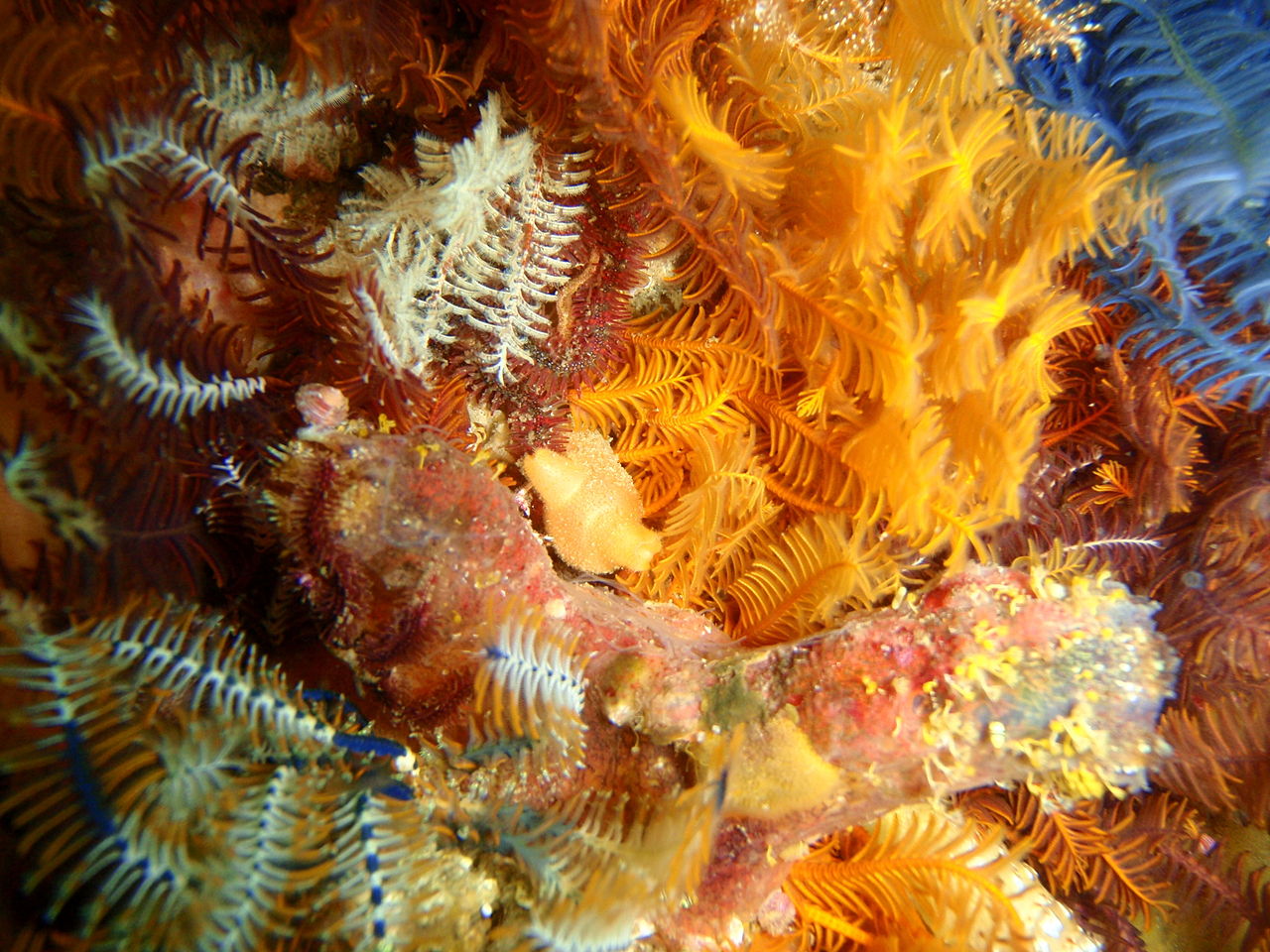
Peter Southwood/Wikimedia Commons
The findings encompass a spectrum of chondrichthyans, cartilaginous fish, occupying various ecological niches, ranging from sizable predators to diminutive sharks coexisting within the crinoid forest on the seafloor—an environment that served as their habitat. Continued discoveries likely await us in the future.
